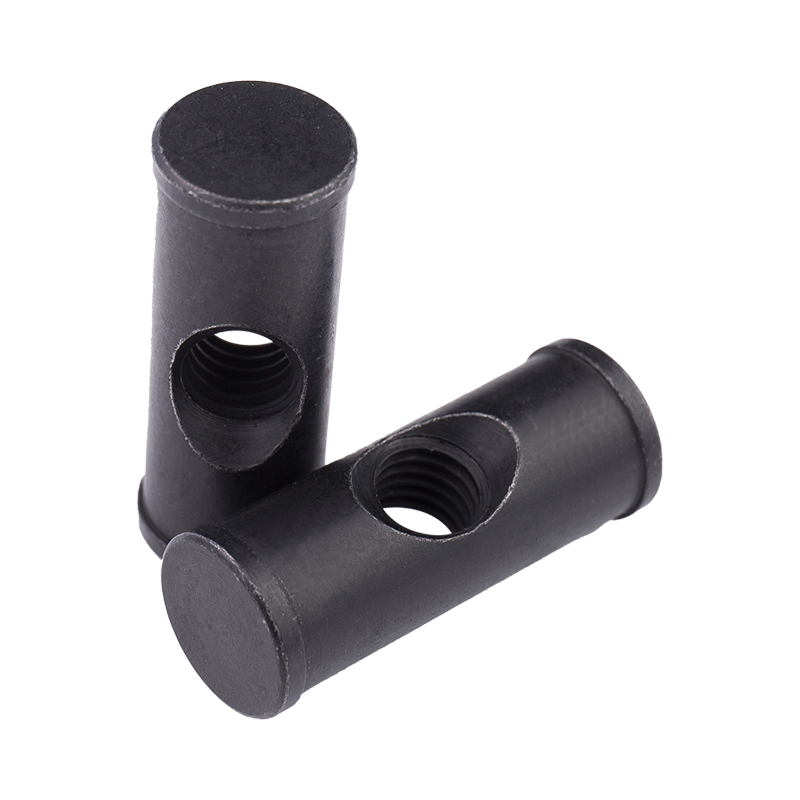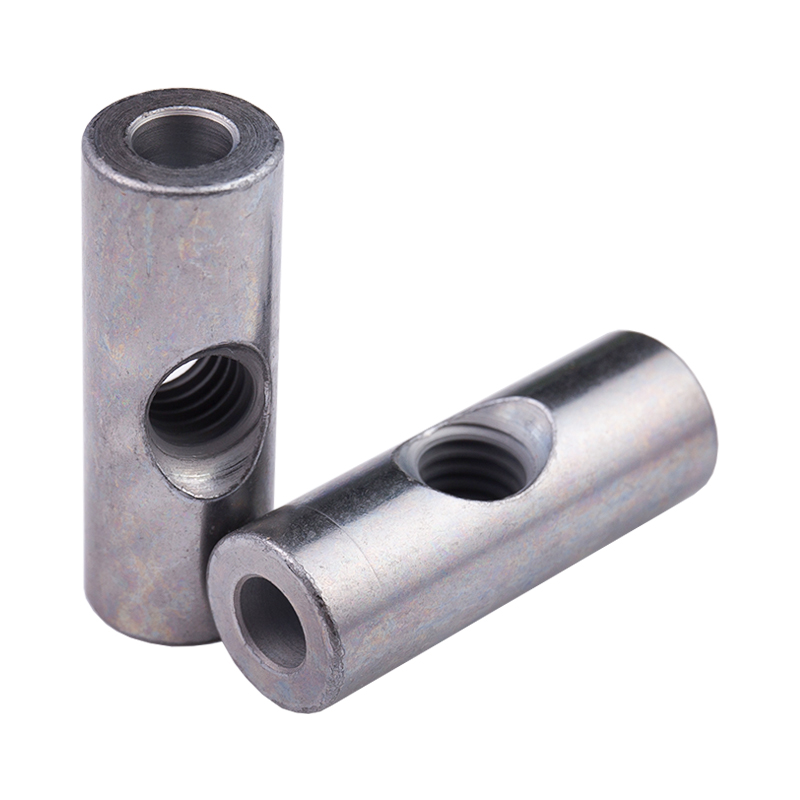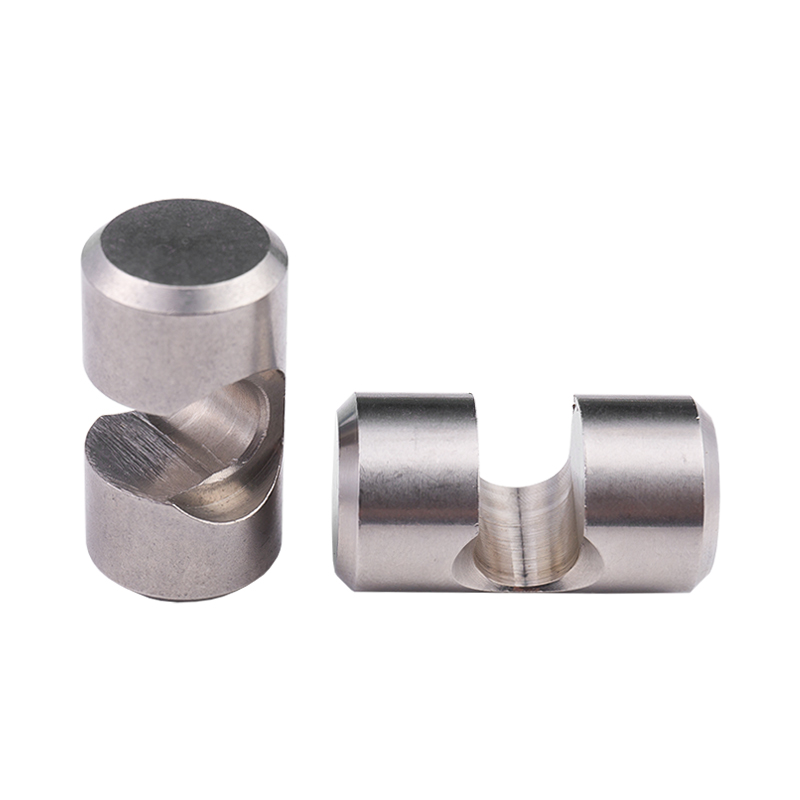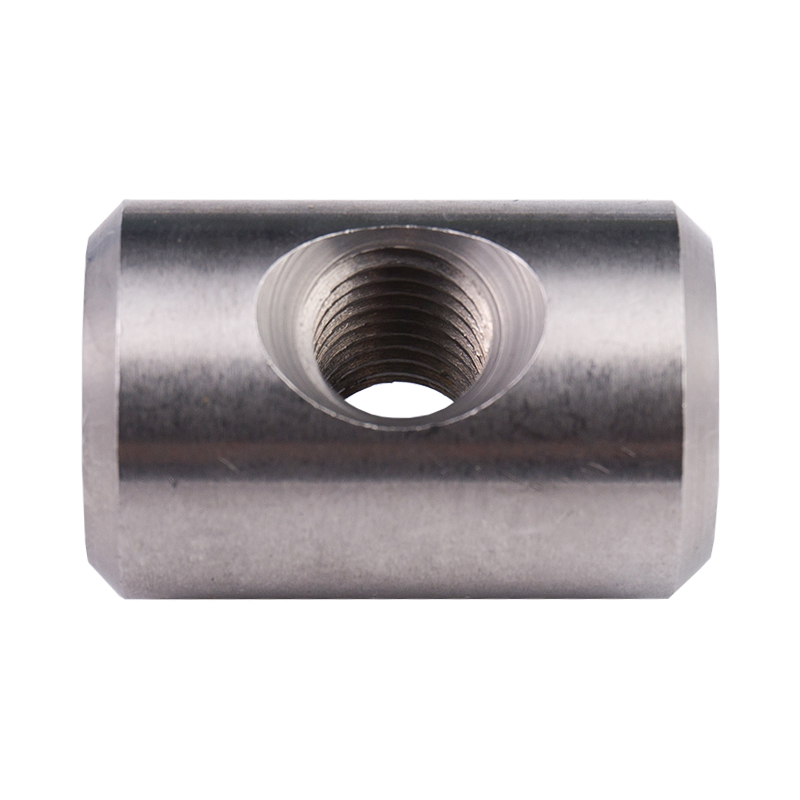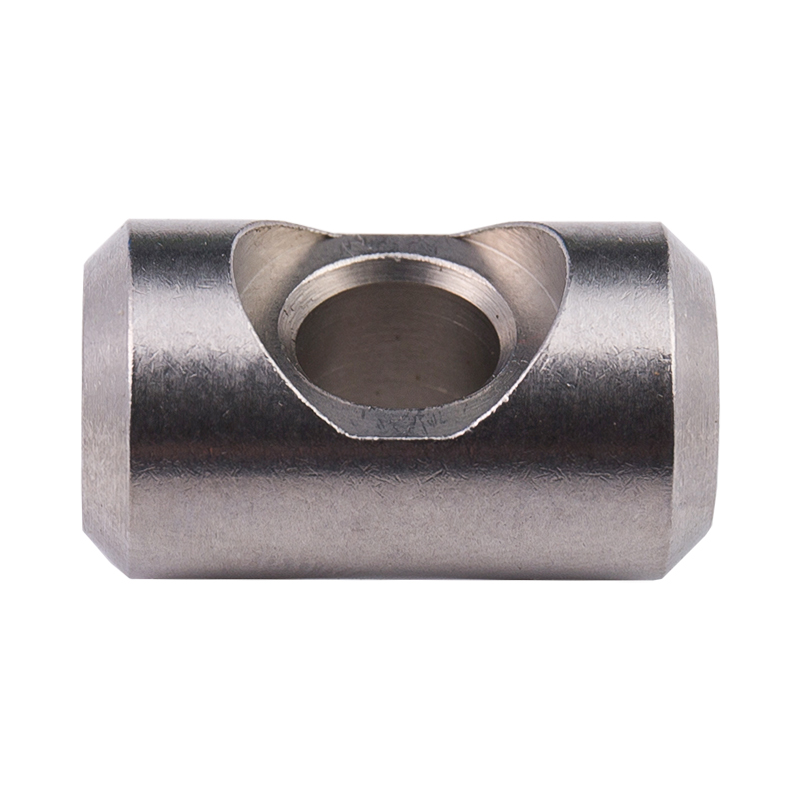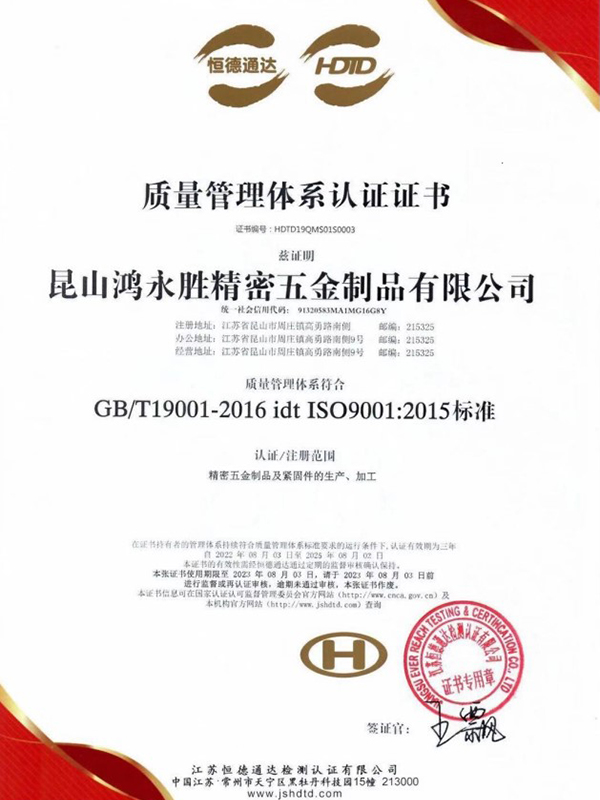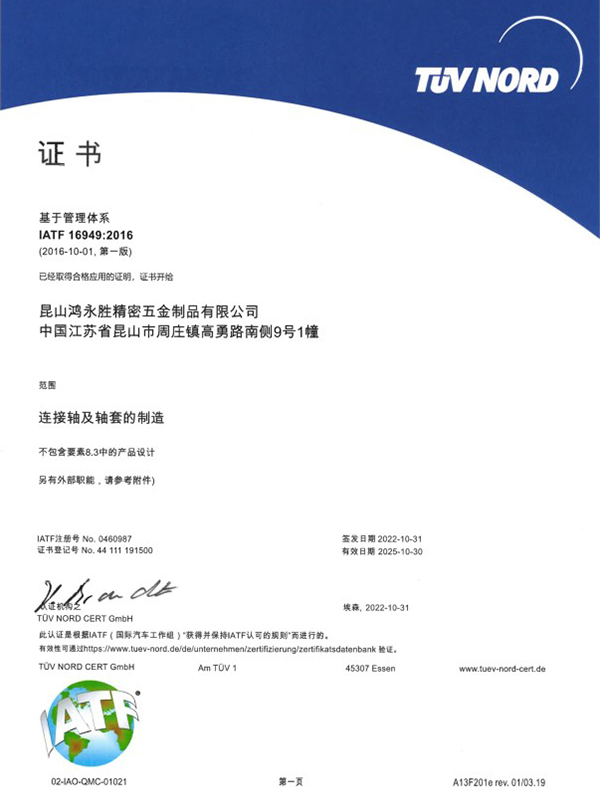Carbon Steel Bolt Supplier Guide: What Buyers Should Look For Selecting the right supplier for carbon steel bolts affects product performance, safety, and long-term cost. This guide breaks down the p...
READ MOREThe company has obtained two quality system management certificates of ISO9001:2015 and IATF16949:2016.
At present, the company has been for Japan, Sweden, the United States, Singapore, Malaysia, Hong Kong and the Pearl River Delta and many other customers to provide services, now the main customers are: Japan Sharp (SHARP), Japan SMC, Japan Panasonic (Panasonic), the Swedish automobile VOVOL, etc., all the fixed assets investment of more than 30 million dollars, welcome friends from all walks of life to the factory to visit, study, consulting and come! We welcome friends from all walks of life to visit our factory, investigate, consult and come to us for sample processing.
We are looking forward to establishing a good business partnership with you with mutual trust and reciprocity!
-
-
Introduction: The Foundation of Mechanical Systems In the intricate world of modern manufacturing and engineering, machined parts form the fundamental building blocks of virtually every mechanical sys...
READ MORE -
Why Structural Integrity Matters In construction, machinery, and other industrial applications, structural integrity is crucial for safety, performance, and longevity. One of the key elements in ensur...
READ MORE -
Introduction to Stainless Steel Fasteners Stainless steel fasteners are widely used in construction, machinery, and industrial applications due to their corrosion resistance and durability. Among them...
READ MORE
How is the lubrication system of the automotive movable shaft core designed?
The design of the lubrication system for automotive movable shaft cores is a crucial aspect to ensure transmission efficiency and extend service life. Below are several key design points and their detailed explanations:
Choice of Lubrication Method:The lubrication of the drive shaft core typically employs either pressure lubrication or splash lubrication. Pressure lubrication uses an oil pump to deliver lubricating oil to various parts of the drive shaft core under a certain pressure, ensuring thorough lubrication. Splash lubrication, on the other hand, utilizes the splashing action of the oil as the drive shaft rotates, bringing oil to the core surface. The most suitable lubrication method should be selected based on the working conditions, load, and speed of the drive shaft core.
Selection and Supply of Lubricating Oil:Choosing the appropriate lubricating oil is crucial to reducing friction and wear. The lubricating oil needs to have a good viscosity index, oxidation resistance, extreme pressure performance, and thermal stability. The viscosity of the oil should be considered during the design to accommodate working conditions at different temperatures. Additionally, the design of the oil pump and oil circuits must ensure that the lubricating oil is continuously and evenly supplied to the drive shaft core.
Oil Circuit and Pressure Control:The oil circuit design must ensure that the lubricating oil can smoothly flow to every lubrication point of the drive shaft core. This typically involves precise pipeline layout and oil circuit design to avoid blockages or leaks. Oil pressure control is achieved through oil pressure regulating valves, ensuring that the drive shaft core receives appropriate lubrication pressure under various operating conditions.
Temperature Control:Lubricating oil tends to oxidize and degrade at high temperatures, so temperature control needs to be considered in the lubrication system design. This may include using oil coolers to reduce oil temperature or designing effective heat dissipation structures to maintain the lubricating oil at an ideal working temperature.
Maintenance and Monitoring:A well-designed lubrication system should also include convenient maintenance interfaces and monitoring systems. For instance, designing oil level inspection windows, oil quality monitoring points, and warning systems facilitates regular inspection and maintenance, enabling timely detection and resolution of lubrication issues.
Simulation and Optimization:Before practical application, simulating the working conditions of the lubrication system using simulation software can predict the flow, pressure distribution, and temperature changes of the lubricating oil. This helps identify potential issues during the design phase and allows for optimization to improve the performance and reliability of the lubrication system.
By focusing on the aforementioned design points, the lubrication system for automotive movable shaft cores can meet functional requirements while maintaining efficient and long-lasting operation.



 русский
русский Español
Español